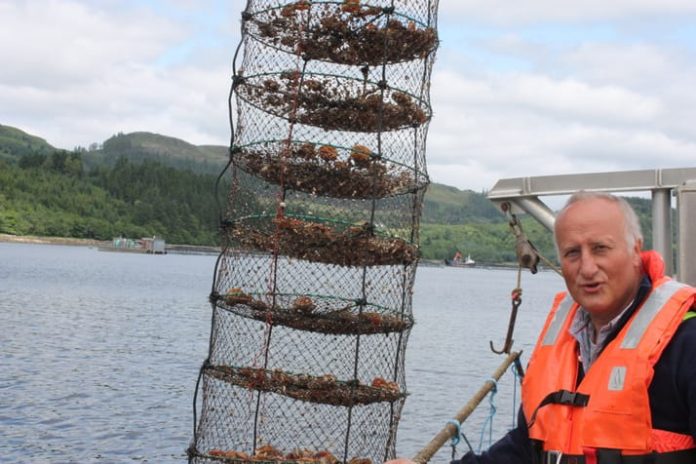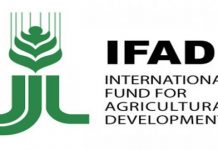Possible ways of overcoming the poor commercial performance of integrated multi-trophic aquaculture (IMTA) projects in Europe to date are included in a new paper, recently published in the journal Aquaculture.
The paper, Is Europe ready for integrated multi-trophic aquaculture? A survey on the perspectives of European farmers and scientists with IMTA experience, finds that – above all – the development of commercially viable IMTA projects in Europe has been hampered by a lack of support from governments, industry and funding agencies.
The authors note that: “The concept has long been in use in Asia and contributes significantly to the sustainability of aquaculture as it can potentially drive ecological efficiency, environmentally acceptability, product diversity, profitability and benefit society.”
However, they add: “Although the concept has received increasing academic attention during the last two decades, it has not yet become a commercial reality in European mariculture.”
Other obstacles and challenges revealed by the paper include legislative bottlenecks, a lack of R&D knowledge, issues related to biofouling and seasonal production and the current lack of cost-effective infrastructures and designs that can allow the successful incorporation of deposit feeding organisms into IMTA configurations.
It also notes regional variations, with IMTA projects in southern and southeastern Europe generally being to be less developed and facing basic production impediments, such as the lack of available seed of promising local species. On the other hand, countries in the north and west of Europe have been able to commercially exploit a few IMTA species, but with questionable levels of profitability.
“Discrepancies exist amongst the developmental level of marine IMTA across European countries so different conditions and species availability necessitate the need for regional targeted strategies,” lead author, Periklis Kleitou, told the Fish Site.
The authors suggest that the differentiation of IMTA products through traceability and ecolabelling could ensure the feasibility of IMTA and compel farmers towards its adoption.
“IMTA inevitably increases complexity and there is a great need for managers to provide incentives that will enable the IMTA users to compete with the monoculture systems,” Periklis adds.
He also advocates greater collaboration between IMTA projects.
“Knowledge sharing and intersectoral contact is vital to promote IMTA and avoid repetition of the same errors,” he concludes.
Background
Integrated multi-trophic aquaculture (IMTA) refers to the farming of several species from different trophic levels in close proximity. In IMTA, one species is intended to complement another.
The paper was based on interviews with 34 farmers and scientists with substantial experience of IMTA from 12 European countries. Impediments to IMTA were separated into nine major categories – biological, conflicts, environmental, interest, legislation, market, operational, R&D, and vandalism.





